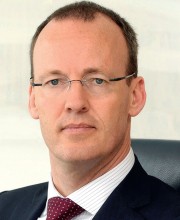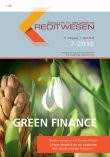Sie befinden sich hier: Home › Kreditwesen › Themenschwerpunkte › Aufsätze › From mission to supervision
Aufsätze
29.03.2018
From mission to supervision

Klaas Knot Foto: DNB

Dieser Artikel ist Teil unseres Online-Abo Angebots.